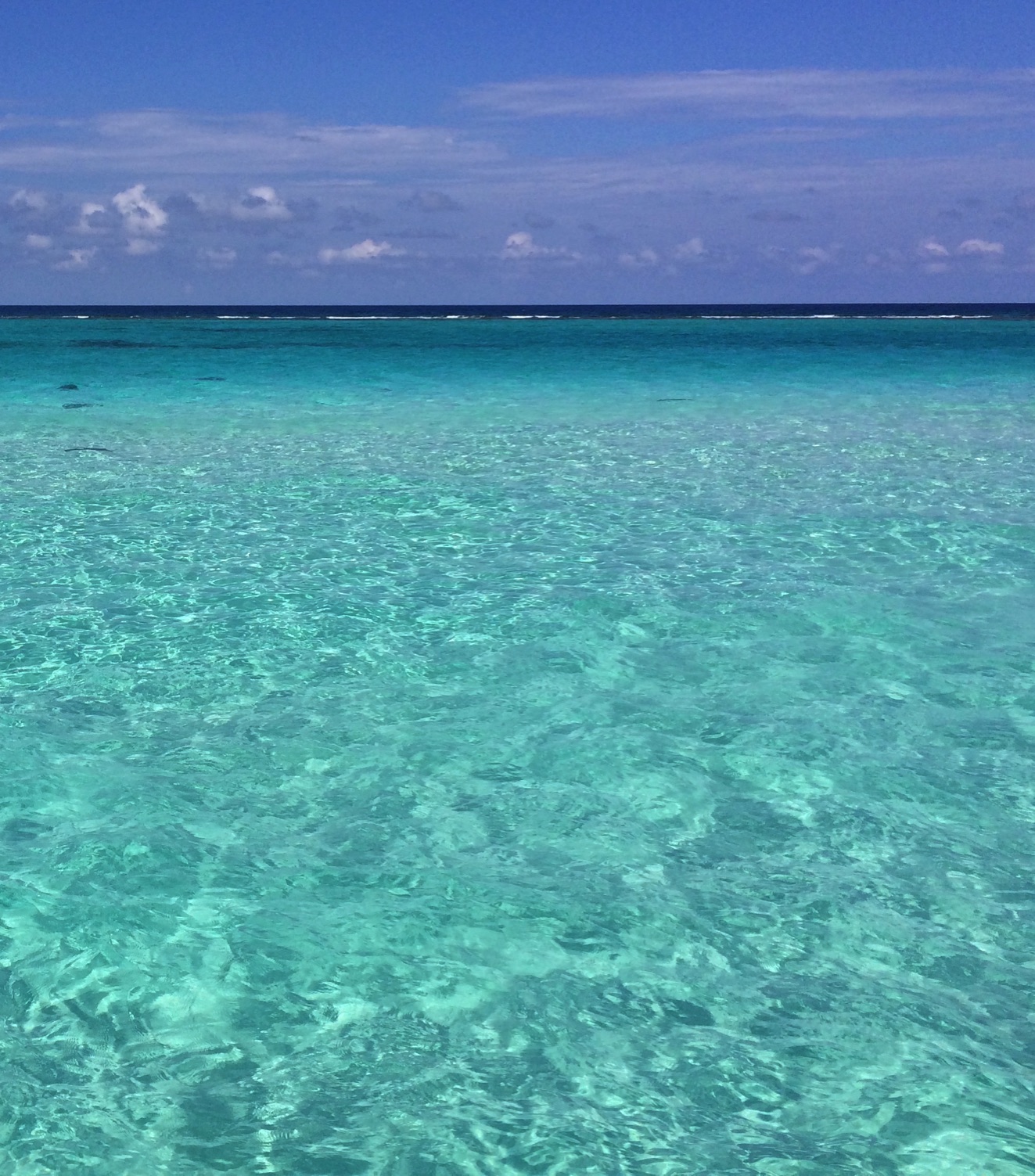HOW IT WORKS
For a basic look at how a side scan sonar system works refer to the artists' conceptions in Section 9. A basic system consists of a side scan sonar towfish (often with sub-bottom profiler attachment), a towing cable and a shipboard signal processing unit with either a built-in or external video display
For many years the older systems used mechanical graphic recorders to display the image, but these have been replaced by modern digital display devices such as LEDs.
The side scan sonar towfish contains transmitting circuitry to energize transducers which project high intensity, high frequency bursts of acoustic energy in fan-shaped beams which are narrow in the horizontal plane and wide in the vertical plane. These sound beams project along the seabed on both sides of the moving vessel. 0bjects or topographic features on the seabed produce echoes which are received by the transducers. If included, the sub-bottom profiler attachment contains its own electronics and transducer to project a conical beam straight down toward the sea floor. Echoes from the side scan and sub-bottom transducers are received and amplified and sent up the tow cable to the shipboard processing unit.
The shipboard processing unit processes the incoming echoes and displays them on a video screen. This produces a continuous moving waterfall display of the surface topography and the subbottom layers of the seabed. The display may be monochrome or in color. Data may be stored on a variety of digital devices for future playback or processing.
The tow cable assemblies have a center core of electrical wires to carry power and signals between the processing box and towfish. The tow cables also have strain members to pick up the forces generated by towing. Lightweight, flexible cables are used for small boat operation. Rugged, armored cables are used for deep or fast operation. In some modern systems the signals are multiplexed onto fiber-optic cables.
For some systems the sonar transducers may be mounted directly to the ship hull or on some sort of pole or hanging apparatus.
The sonar systems are available in modular form so that they may also be mounted on human-occupied submersibles, remote-operated underwater or surface vehicles or autonomous underwater or surface vehicles.
Also, in addition to the basic side scan systems, many options and accessories are utilized. Some of these include spare parts kits, towing depressors, hand winches, electro-mechanical and electro-hydraulic winches with slip rings, snatch blocks, towing shock absorbers, or strain members for securing cables.
The sonar systems are typically attached to a shipboard navigation system.
My friend and colleague, Garry Kozak, has an excellent summary, "Fundamentals of SIDE SCAN SONAR" here.
